Tennis exercises | keep progressing
Tennis exercises are key to standing out from your competitors. Tennis, probably more than any other sport, prioritizes rotational strength, lateral speed and shoulder stability. In addition, stronger and more flexible muscles mean greater resilience to injury, and that’s key for most players, who take more hits on harder surfaces than grass or clay.
That’s why, before you go out on the court or start feeling the symptoms of tennis elbow, which are a consequence of shoulder strain, it’s important to open up your shoulders, as well as your hips, and to improve the side-to-side swings that are crucial for volleying and shooting accurately. These tennis exercises are used by the Tour professionals themselves to improve their resistance and above all, the way they move around the court. Dominic Thiem uploads many tennis drills to his Instagram account if you want to see how an elite tennis player trains.
The 10 best tennis exercises to do in 2021
Try these 10 tennis exercises to improve your game, and you will be more than ready to face any kind of opponent.
1. Standing T
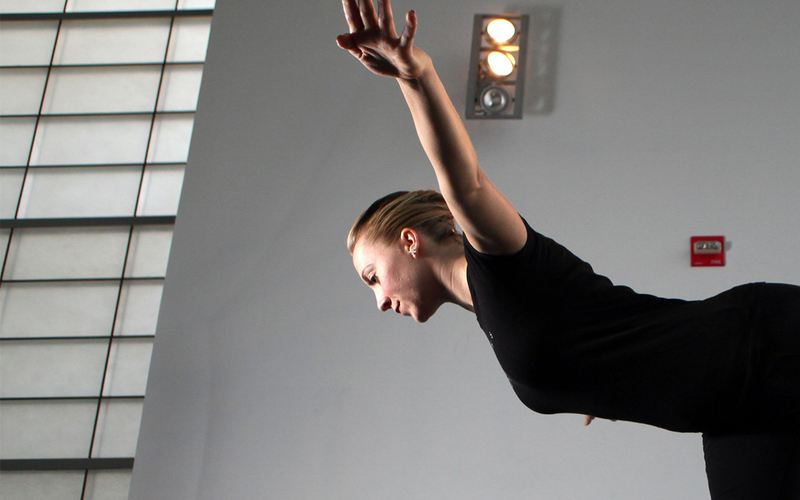
When your shoulders are tense, you tend to force your arms, and that increases the likelihood of causing the famous tennis elbow. To minimize the chance of this common little tennis injury, perform standing Ts.
How to do it: Stand with your hands in the air, making sure to keep your back straight and your chest up. Pull your shoulder blades back and down, and raise your arms along your body and over your head to form a T. Return to the starting position, and continue for a total of 10 repetitions. The movement should start with the shoulder blades, not the arms. This improves the rotation movement, and also helps to improve the negative impact of prolonged sitting.
2. Drop Lunges
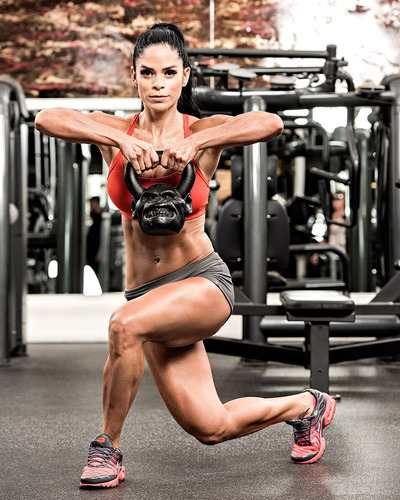
The lunges improve lateral mobility and speed, which are crucial in tennis.
How to do it: Stand in a stable position. Place your left foot behind and behind your right foot so that it is about two feet behind and to the right of your right foot. Put your hips as in the starting position. Then, keeping your weight on the heel of your front leg, slowly lower yourself into a squatting position. Don't let your front knee slide over your toes. Stand up and return to the starting position, and repeat on the other side. Alternate for a total of 10 repetitions on each side.
3. Lateral lunges
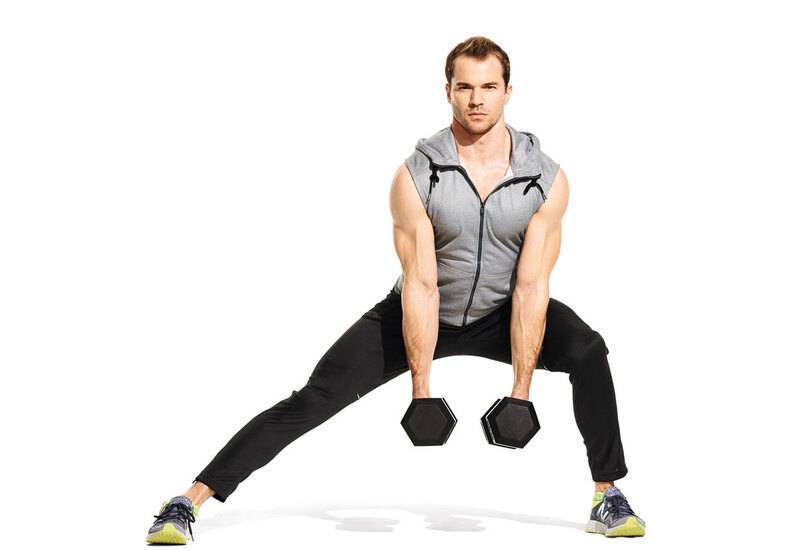
This movement also improves lateral mobility.
How to do it: Stand on your left side and lower your hips by squatting with your left leg, making sure to keep your right leg straight. Return to the starting position by pushing up with your left leg. Change direction, and repeat the movement for a total of 10 repetitions on each side. You will feel your glutes, tendons and quadriceps working, and you will also feel an inner thigh stretch of the stretched leg.
4. Walking on hands
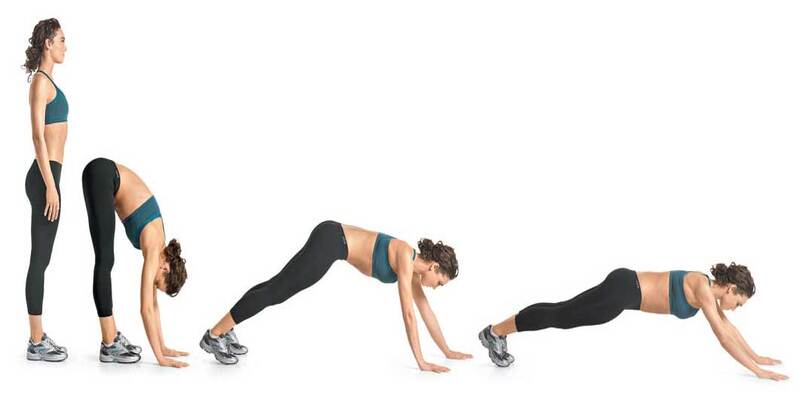
This is an effective full-body stretch that combines the upper and lower body, which is essential for hitting the ball smoothly.
How to do it: Stand with your legs stretched out. Bend at the waist and put your hands on the floor in front of you. Keeping your legs straight, walk with your feet towards your hands. When you feel yourself stretching, put your feet down and walk with your hands in front of you to the bending position. Be sure to take short steps using only your ankles, without bending your knees. Continue with a total of 10 repetitions.
5. Throwing the medicine ball
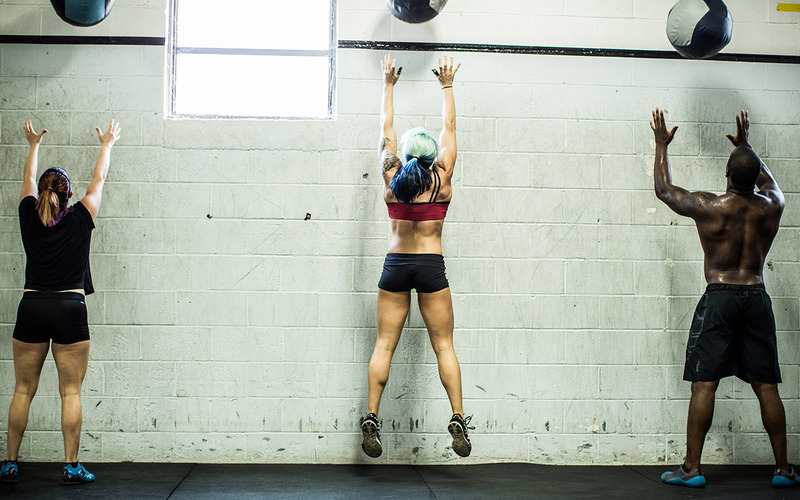
This movement increases the total power.
How to do it: Stand with your feet shoulder-width apart, knees slightly bent and hips back, holding a medicine ball below your waist with your arms straight. Keeping your arms straight, squat down. Get out of the squat by jumping and throwing the ball as high as possible. Retrieve the ball and return to the starting position. Complete for 10 reps.
6. Knee hug
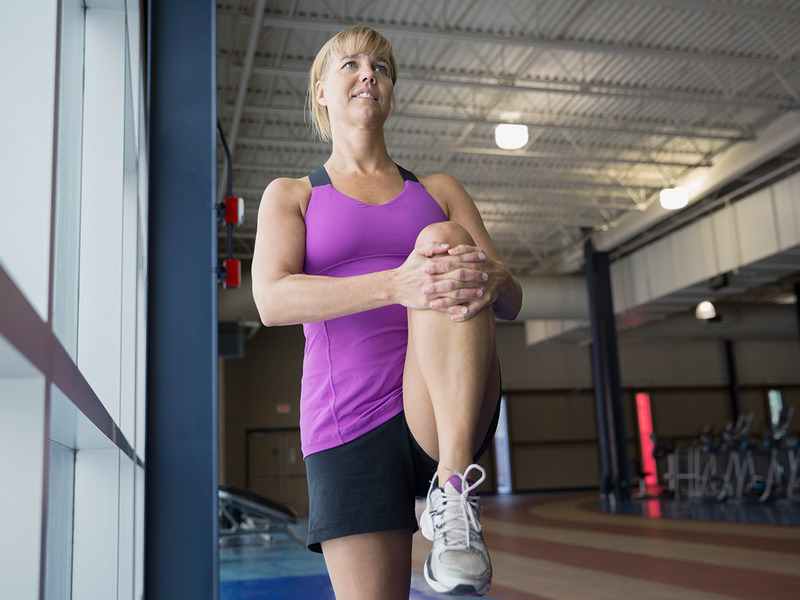
By stretching the gluteus and tendon in the front leg and the hip flexor in the back leg, you will improve flexibility and mobility of the lower body, and speed on the tennis court.
How to do it: From a standing position, raise your right knee to your chest and grasp below the knee with both hands. Pull the right knee to the chest while contracting the left gluteus. Take a step forward and repeat to the other side. Alternate for a total of 10 repetitions on each side.
7. Medicine ball throw from above
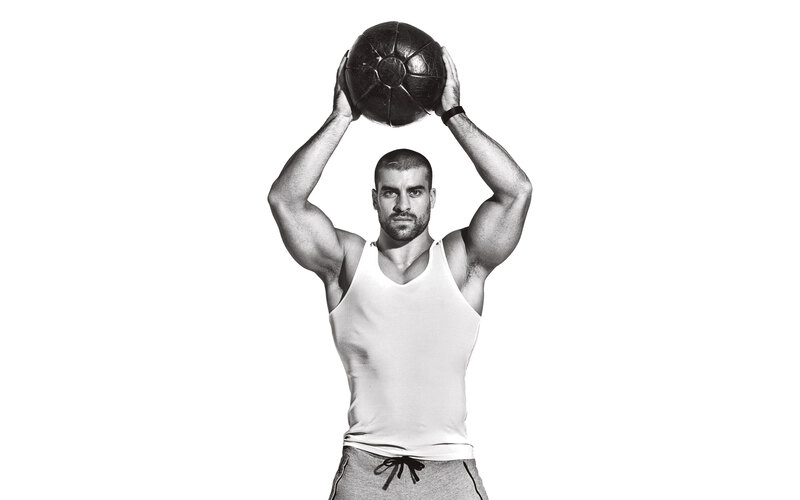
This will create an explosive power in the upper body, which is needed to play tennis effectively.
How to do it: Stand in a firm position, holding a medicine ball at waist level. Bring the ball straight up in front of you, and above your head. Shoot your core, throw the ball to the ground in front of you. Your feet may not touch the ground during the throw, it´s okay. Repeat for a total of 10 reps.
8. Parallel throwing of the medicine ball
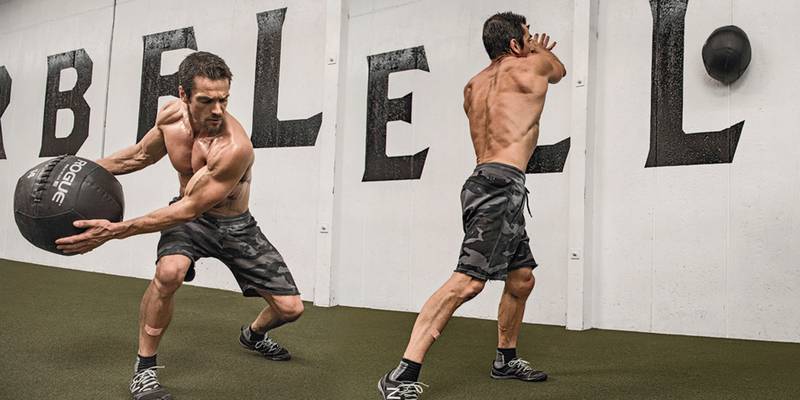
Tennis exercises that improve your ability to store and release energy will improve the speed and power you use to move the racket.
How to do it: Stand in front of a concrete block wall about 3 feet away. Hold the ball at waist level. Turn your torso away from the wall, start the throw by pushing your hips towards the wall, followed by your torso, arms and the ball. With one hand under the ball and the other behind it, catch the ball with your arms slightly bent. Repeat the procedure for a total of 10 repetitions, then switch sides.
9. Rolling Foam
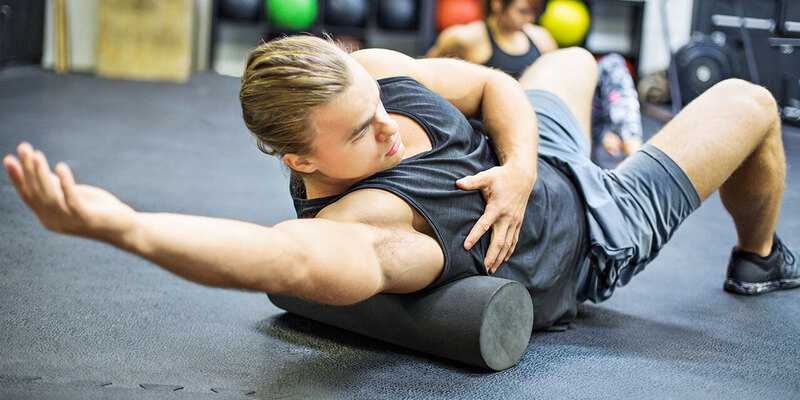
The foam roller uses strong compression to remove the muscle pulls and deterioration that develops over time. Compression causes the nerves to relax, and also loosens the muscle, gets the blood flowing, and helps the body recover from workouts and daily life. As in a professional massage, there will be some uncomfortable moments with the foam roll. Use the roller anywhere you feel tense and need a massage. The foam roller not only addresses muscle imbalances, but is a great indicator of muscle quality. Recovery is a key part of tennis, and the foam roller will help you get back on court faster and more energetically than ever before.
10. Ball rolling with the feet
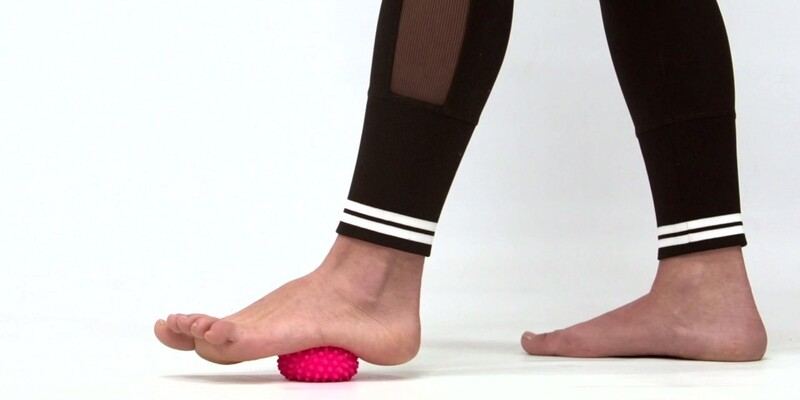
Even when you’re not playing tennis, a simple tennis ball can improve your performance. This tennis exercise will help relieve foot pain and muscle tension, which is the result of everyday life but especially if playing on hard tennis surfaces. According to medical professionals, this process also improves general health.
How to do it: Keep a tennis ball under the bottom of your foot. While standing or sitting, remove your shoe and roll back and forth over the tennis ball, applying pressure to the arch of your foot.

